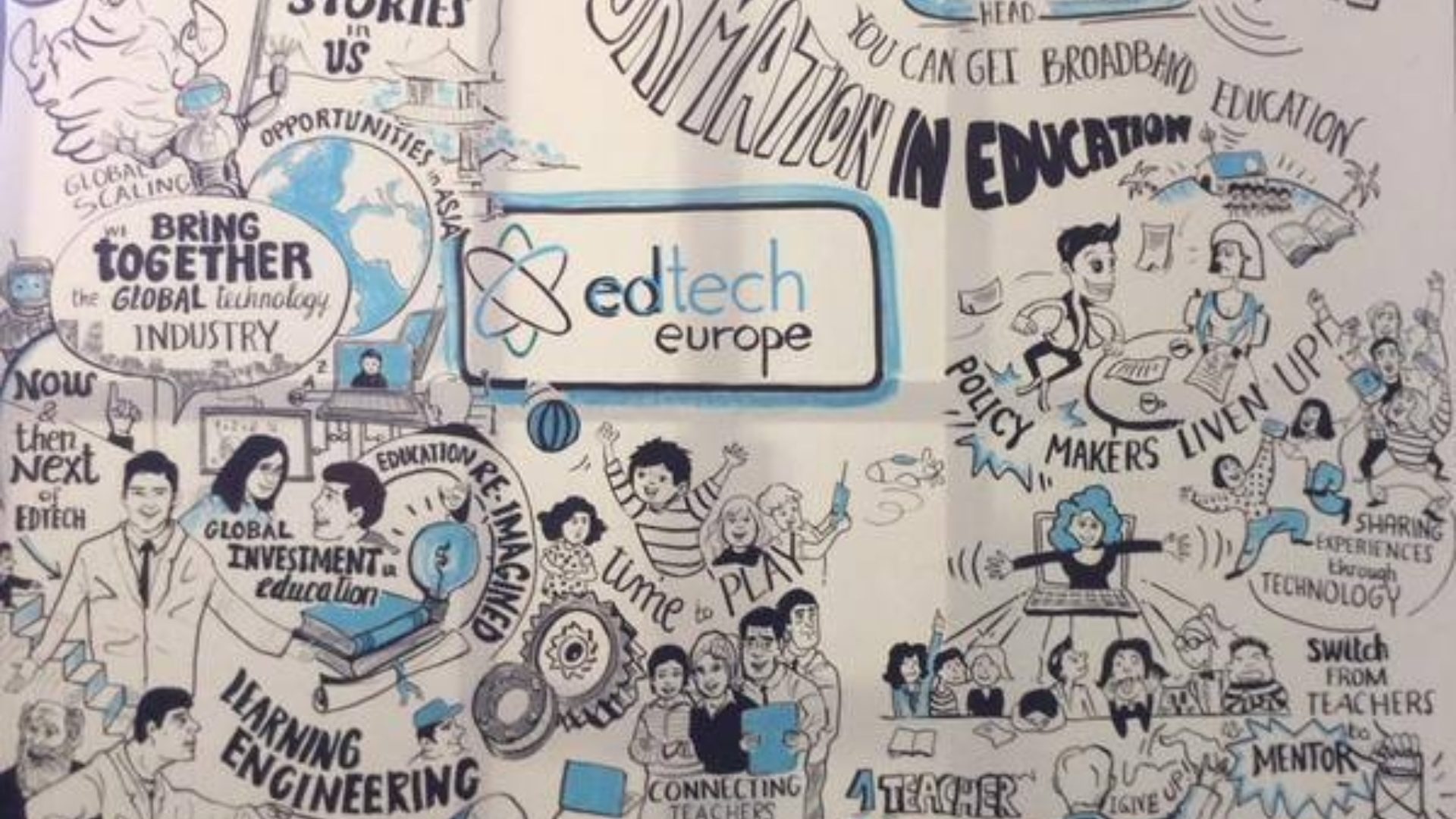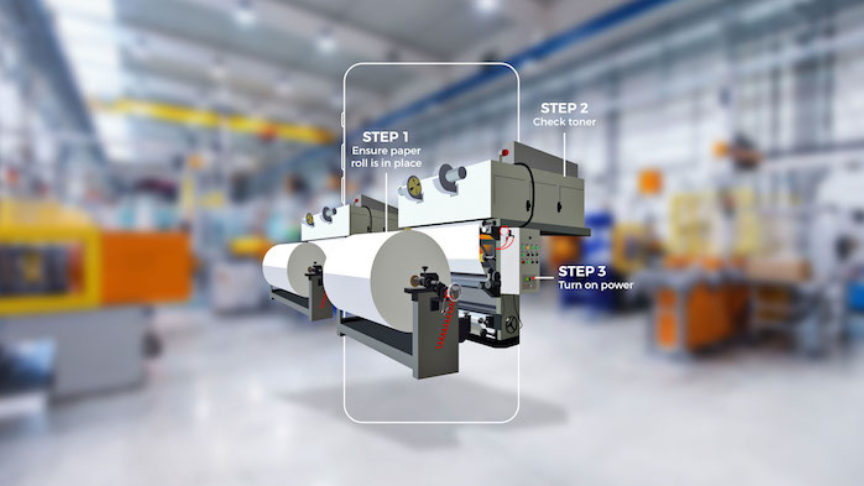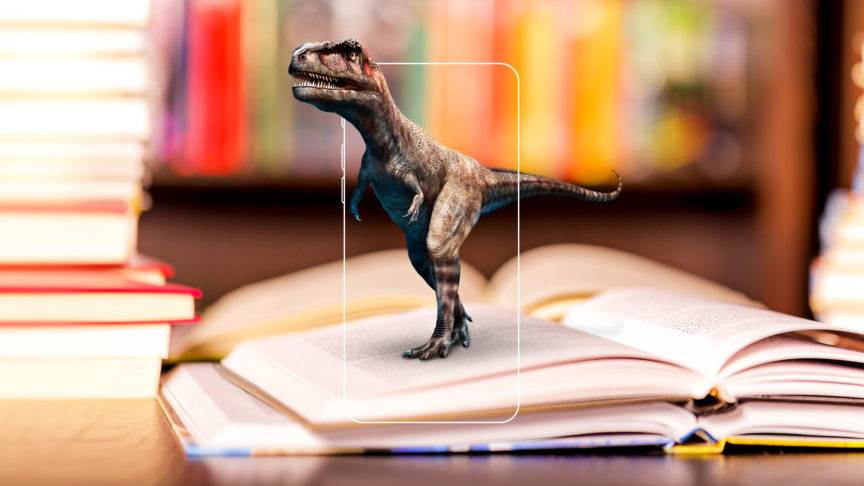Reflections on Edtech Europe 2015
June 25, 2015
Reflections on Edtech Europe 2015

What were our first impressions of Edtech Europe 2015? 'Wow, this is bigger than last year!'
The conference, organised in London every summer by IBIS Capital, had already built a reputation for the rigour of its content and the calibre of its guest list. This year’s instalment stuck to the same principles, but took things up a notch or three. Held at Kings Place in the ever-changing development quarter behind King’s Cross, the event was built around three tracks of high quality keynote speakers, panel discussions and presentations, several communal breakout areas, a vast central atrium and, new for this year, a small exhibition hall for half a dozen co-sponsors.

Blippar's Head of Education Colum Elliott-Kelly speaking during a panel discussion at Edtech 2015
What makes this business-focused conference unique is its intimacy, and although any further expansion would undermine that USP, this year all the typical Edtech Europe notes were hit: CEOs, investors, high growth start-ups, policy makers and thought leaders convened in close quarters to share, but also to challenge, emerging ideas and trends. Often, the most significant conversations took place over lunch or coffee, or by bumping into a connection in the atrium. That said, the onstage schedule served up consistently informative and thought-provoking material – so much so that there were several great speakers you invariably missed seeing.
The Blippar for Education team was delighted to be invited to participate in a panel on Innovation in Mobile, Data and Content, joined by Knewton and Oxford University Press and moderated by EduMe. The theme, or themes, could have formed a conference on their own; our conversations in both the green room and onstage were a lot of fun to be part of. Probably the key trend to emerge was the importance of facilitating the role of the educator, improving what they bring to the classroom and their understanding of how their students are interacting with it. That’s an idea that aligns closely with Blippar’s strategy for education: empower the educator, enable the content and, ultimately, engage the student.

Colum Elliott-Kelly explaining why visual discovery should be at the heart of education
We were asked an interesting question by a member of the audience after the panel discussion. He asked for a recommendation of a mobile-first educational tool which we felt would take off in the next 12 months. In other words, a product which was designed specifically for use on a mobile device. It was a question that struck right at the heart of what we had all been talking about on stage: is 'mobile' here to stay in education technology, is it worthwhile, is it a good thing?
The emergence of mobile-first tools in education, like Blippar, points to a growing awareness of the potential of using mobile devices in the classroom. As an industry, we can still do more to convince educators, students and parents of the benefits of technology. That debate is largely won, but there remains an instinctive distrust of mobile in particular, a perfectly understandable fear that students will be distracted from their learning if they are allowed to use those powerful mini-computers in their pockets. We need to approach the issue from a different angle. With the right software, what students carry around in their pockets are personal tutors: engaging, informative, adaptive and constantly up-to-date.

Here at Blippar, we call our technology 'visual discovery'. And discovery is at the heart of learning. That’s how we encourage the educational world to see mobile phones and tablets: devices which allow students to discover, to learn, to look around them and see the physical world as a portal to contextual, relevant, interactive digital content. To the gentleman who asked the question at Edtech Europe: the very fact that you asked the question shows that perceptions of mobile in education are changing, and changing for the better.


